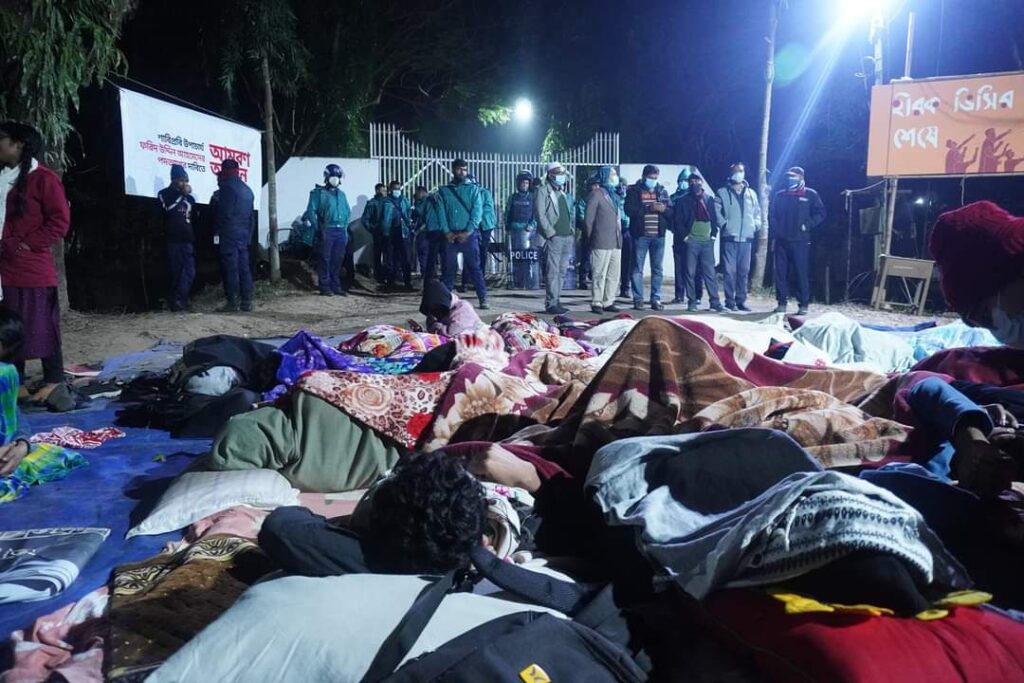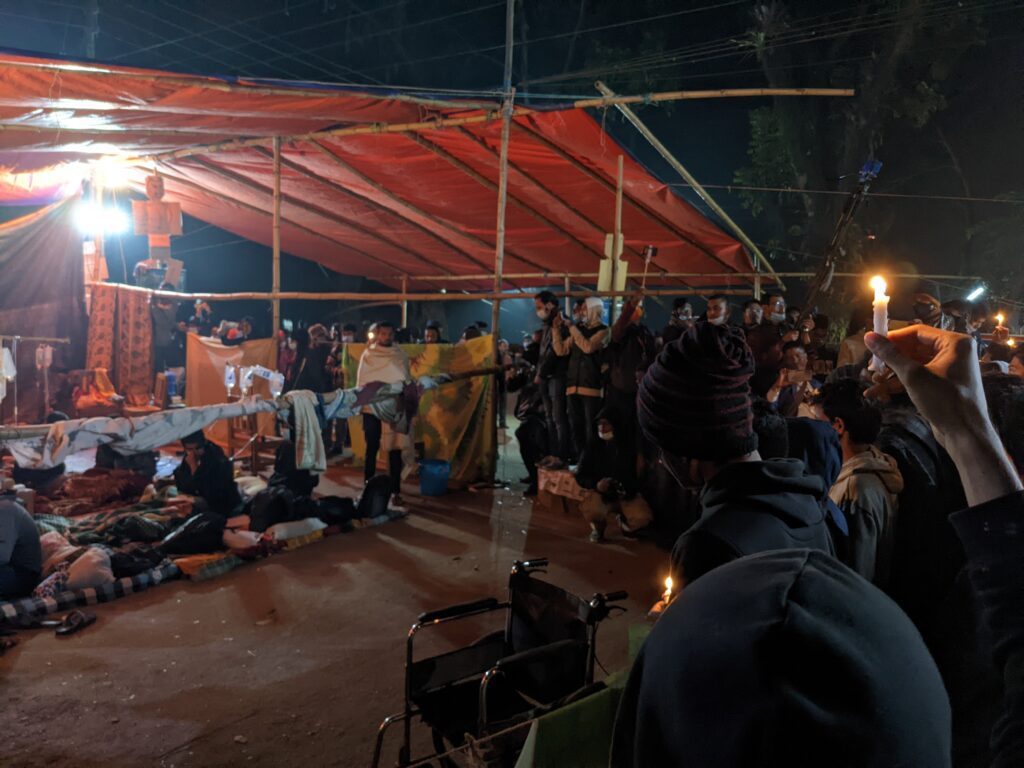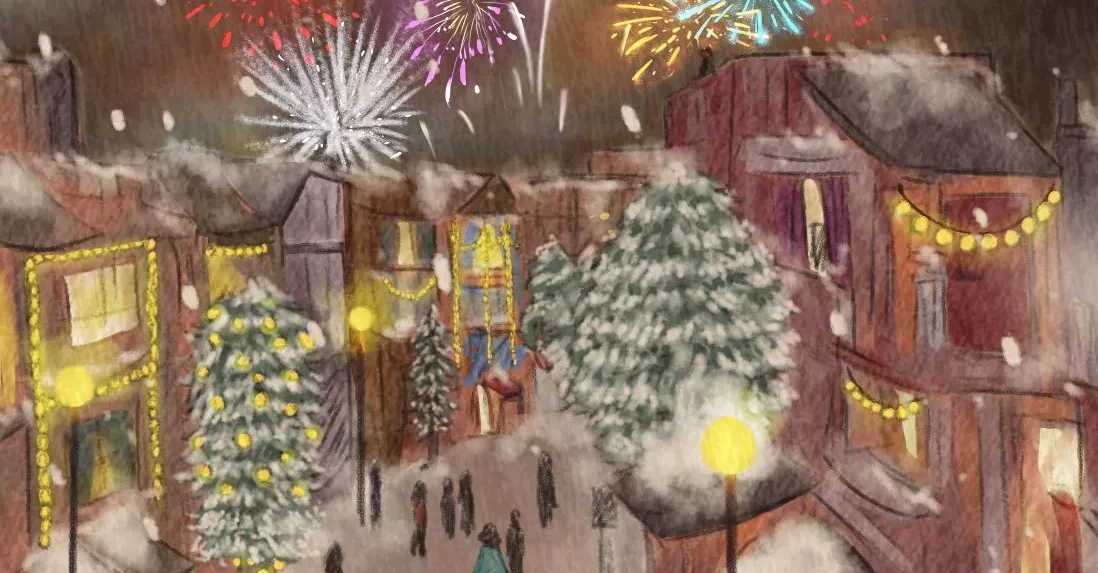SUST Faces Brutality from Administration: Students’ Despair and Outcry for Meaningful Change Meets Silence

Within a span of a week, a seemingly straightforward student protest at Shahjalal University of Science and Technology, Sylhet has escalated into a hodgepodge of tension and rumours, taking the institution by storm. Some, including the majority of university faculty, claim the whole movement has been wrongfully motivated from the start, with little to actually do with better conditions for students. However, to the student body, the series of events since January 13th clearly depict an unforgivable lack of responsibility among university administration towards its students’ safety—with the Vice-Chancellor as its motionless ringmaster, watching over the ruthless, ugly violence taking place.
How it started: The provost of Begum Sirajunnesa Chowdhury Ladies’ Hall had behaved rudely with occupants on multiple occasions from the beginning of her term. The situation came to a head when a group of students requested her presence to address an urgent issue on the residence hall premises; The provost’s response was far from friendly—she went as far as even to say, “I can’t come right now. Has anyone died?”
Adding onto the inadequate hygiene maintenance, low-quality, overpriced canteen food, consistently poor wifi facilities, and other essential shortcomings in the hall living conditions, the provost’s insensitive remark—the insinuation that her interest would only be peaked after the actual death of an occupant—spurred a movement among students. They asserted a three-point demand: resignation of the hall provost, resolution of the alleged hall mismanagement, and appointment of a more “student-friendly” (শিক্ষার্থীবান্ধব) provost committee. Hall occupants took the position in front of the vice chancellor’s bungalow on Thursday night. After a conversation with him, the students were sent back to their hall, reassured by the VC that he would look into the matter in the morning.
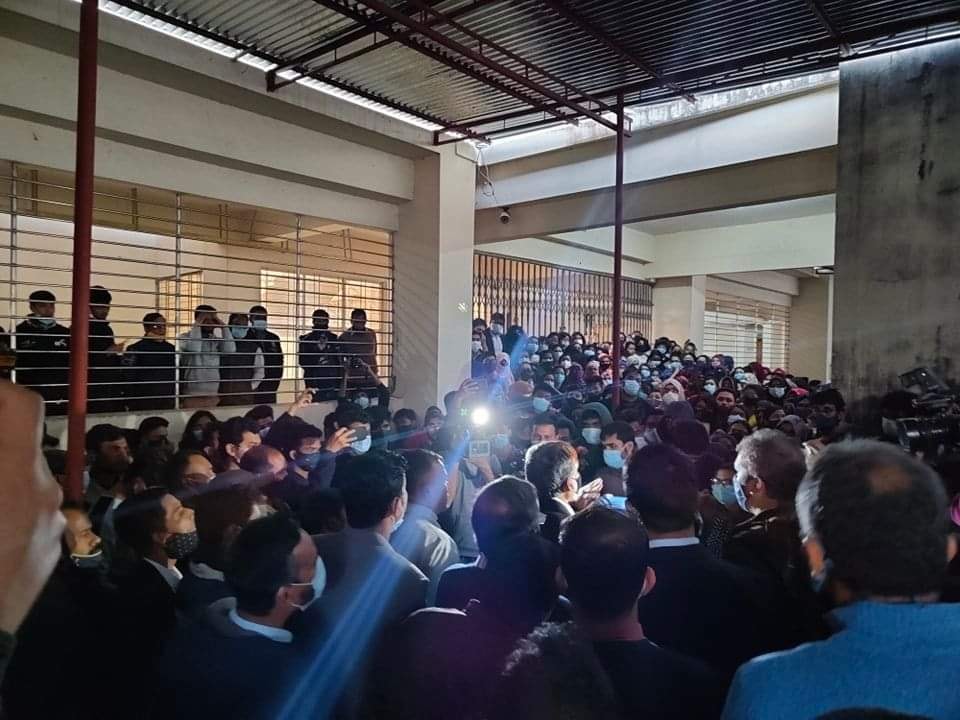

But Friday went by, and then Saturday. The protests continued, but at the end of the weekend, the administration had still not come up with a promising solution to the students’ problems. What’s more, acts of violence by other students on the peaceful protestors were ignored—a foreshadowing for what would happen next.
The situation began to get heated on Sunday, January 16. Protesting students confined the VC in the IICT building in an attempt to set an ultimatum for their demands. As darkness fell, a huge battalion of armed police surrounded the students, forming a blockade before the locked gates of the IICT building. Sound grenades exploded nearby; a number of police officers marched up to the students and began beating them up brutally, while the rest started shooting rubber bullets at the students. Amidst the chaos, the police force managed to get the VC out of the building and subsequently escorted him back to his residence.
All of this happened in a matter of minutes, and from what it looked like, right in the presence of the VC and the current treasurer. Around 30 students were left badly injured–their bloodied, wounded bodies clear evidence on the scene.
Later that evening, the police attempted to enter the campus with a shooter tank and a water cannon in an attempt to “stabilize” the state of affairs.
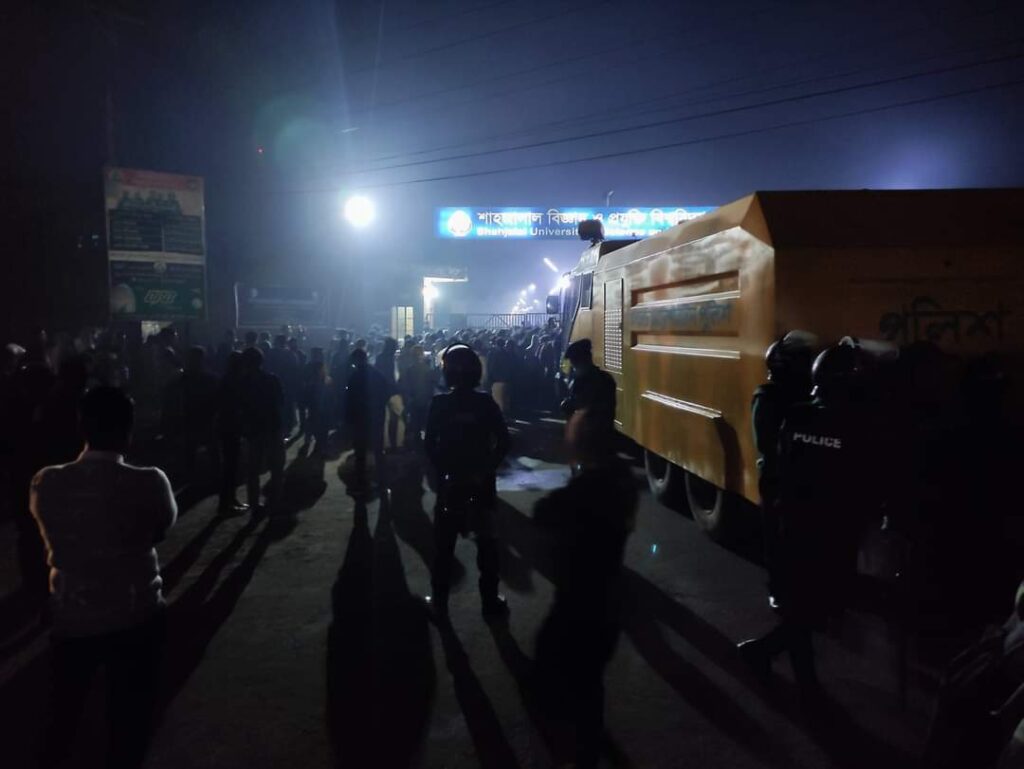

Following the violence on the students, the dynamic of the whole movement changed: the students now had a simple, one-point demand—the VC must resign. A VC who let the students bleed, under whose supervision the students’ safety should have been paramount, was a VC who had failed the students appallingly.
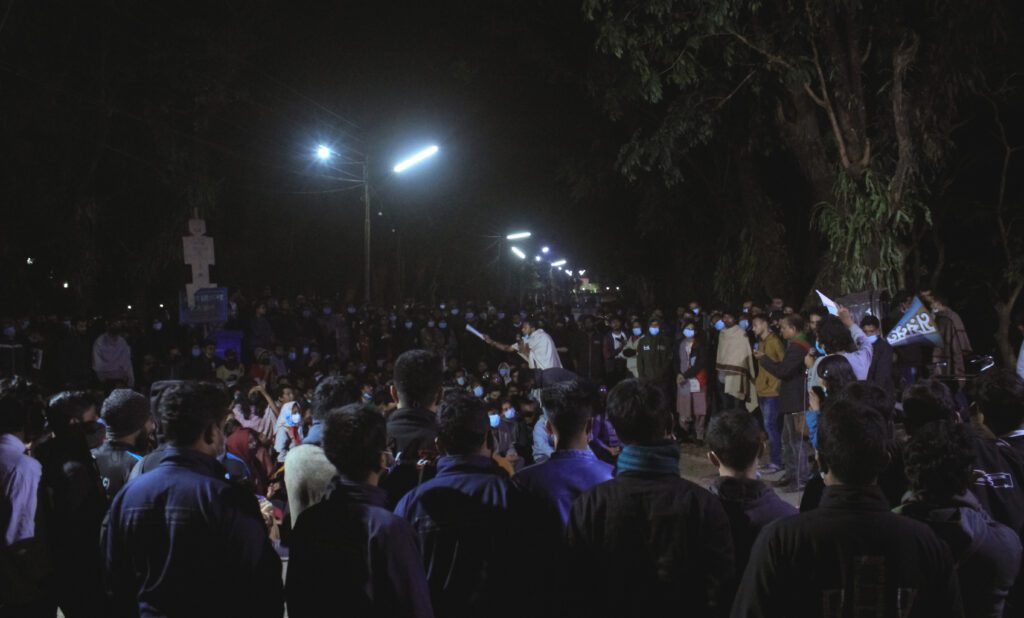

To make matters worse, in an effort to put a halt to the protests, the VC later announced a permanent shutdown of the university and instructed the students to vacate the residential halls by noon the next day. Most students refused to oblige.
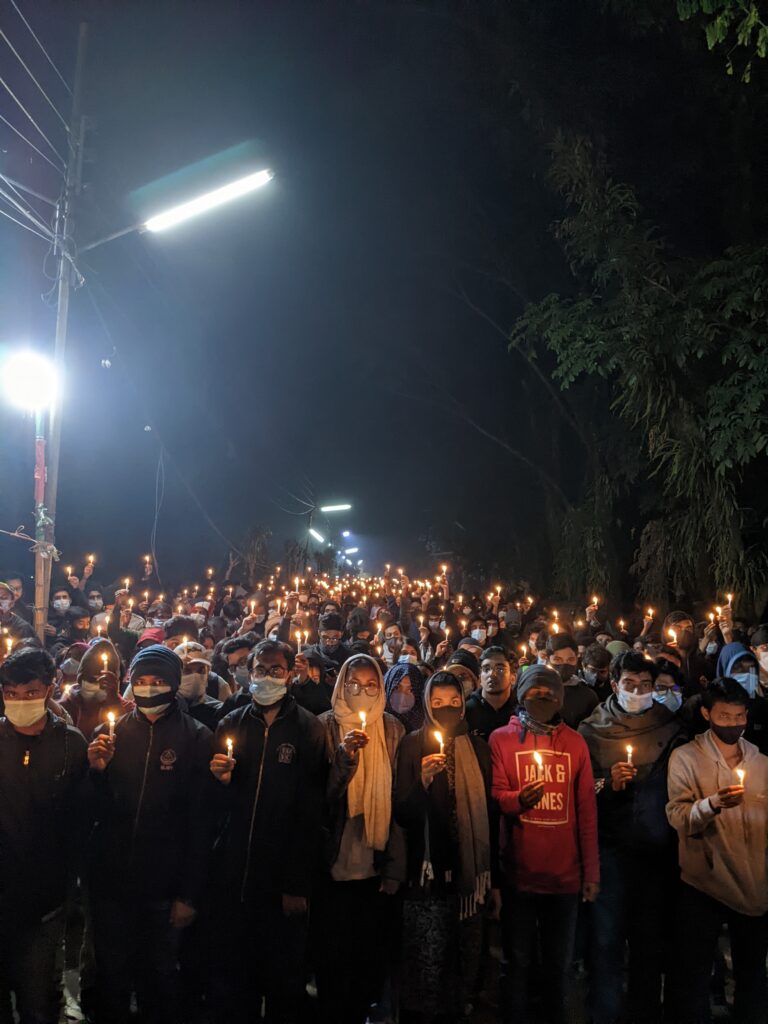

On the afternoon of January 19th, 24 students began a “hunger strike ‘til death” in front of the VC’s residence. That night, a group of teachers approached the students in an attempt to negotiate, but the students refused to engage in discussion with teachers who had yet to declare their solidarity with the students’ movement.
That very morning, while the students’ protests continued, a number of teachers had themselves decided to protest in front of the main university gate accusing the students of making derogatory comments about female teachers on various social media groups. The protesting students saw it as a pathetic attempt to divert the focus from their own movement and instead put forward these questions to the teachers: Where were they when the students bled? What was their stance on the whole situation? Why weren’t they speaking about the VC’s own distasteful remarks about the female students of Jahangirnagar University (that they’re not “good wife material” simply because they are able to roam free outside at late hours)? If bigotry was indeed their primary concern, where was their additional protest against the VC for his blatantly misogynistic comments?
It’s January 23rd today. It has been more than 95 hours since the hunger strike began. Currently, a total of 27 students are on the spot. 15 students are hospitalised; the physical conditions of all strike participants are deteriorating with every passing minute.
The university administration remains silent.
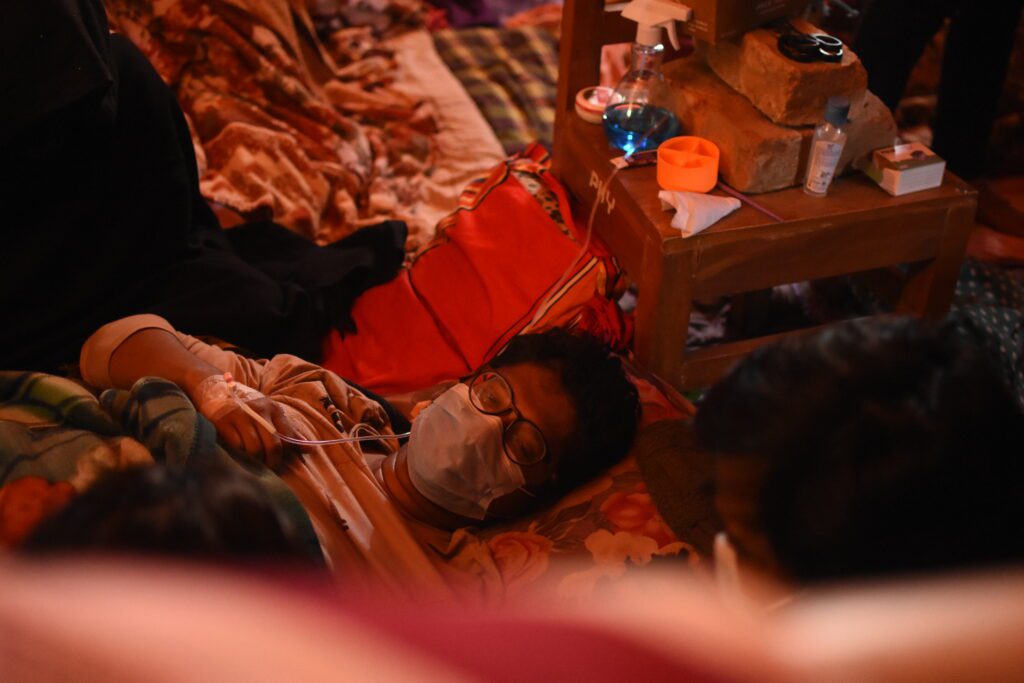

Along with current students, alumni and faculty from universities all over the country have expressed their solidarity with the movement. Police don’t belong on the grounds of an educational institution—neither do tanks and cannons as means of “protection” against unarmed students. Had a police crackdown on students really been unavoidable? Assuming that the risk of them touching the students had always been there, by what logic had the local police been summoned to—and allowed on—campus, to begin with? Indeed, would they really have attacked if they were clearly and directly ordered not to? The university administration takes firm pride in being trusted guardians, standing in for students’ parents. Are they, then, not obviously to blame for their unacceptable failure in protecting the students from harm? Or is it truly just the VC who must solely be held accountable?
As we ask these questions, the situation at Shahjalal University of Science and Technology lingers at an uncertain standstill. Now, what remains to be seen is whether the students can topple the person in the highest position of power in the administration and if they do achieve this colossal feat, when—and how?
